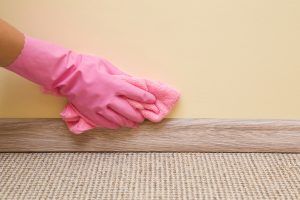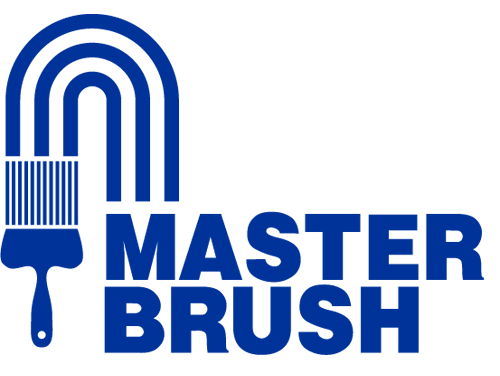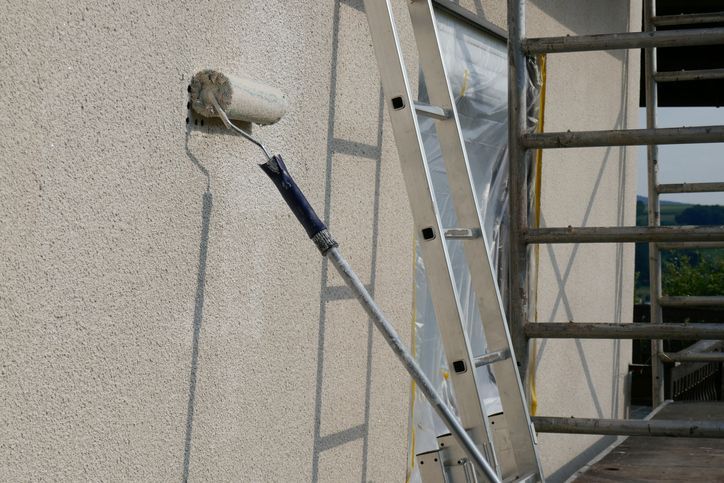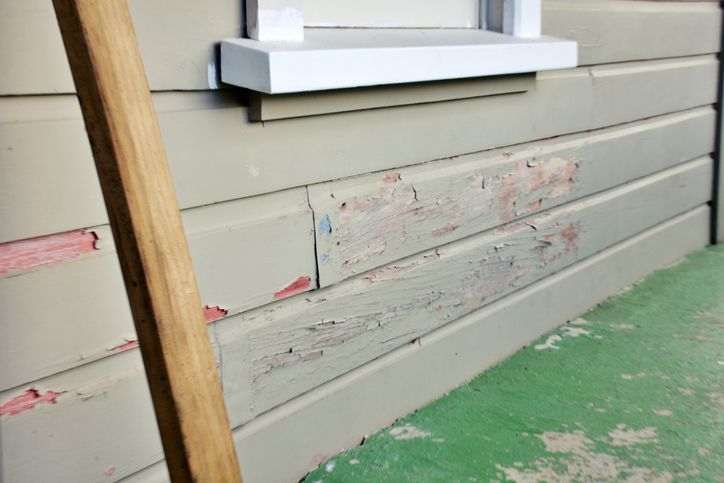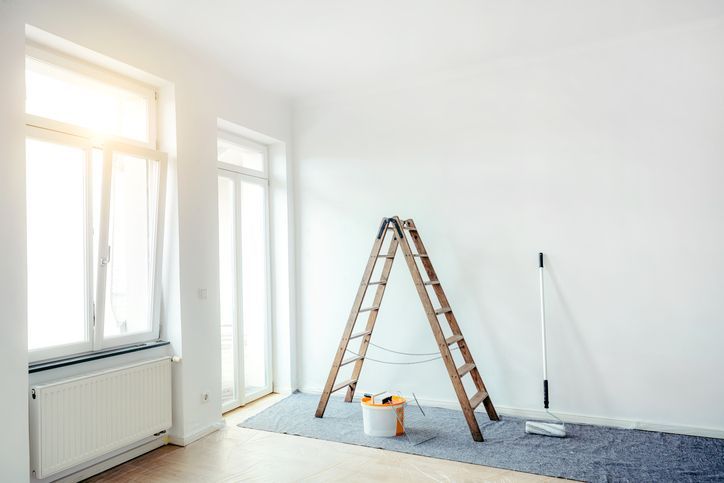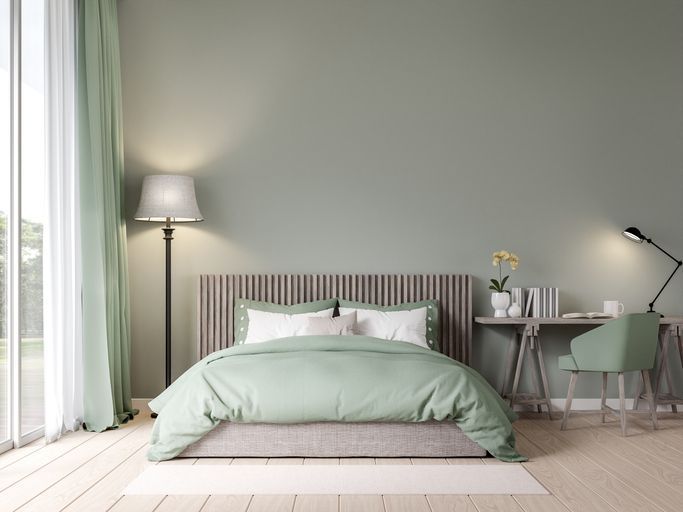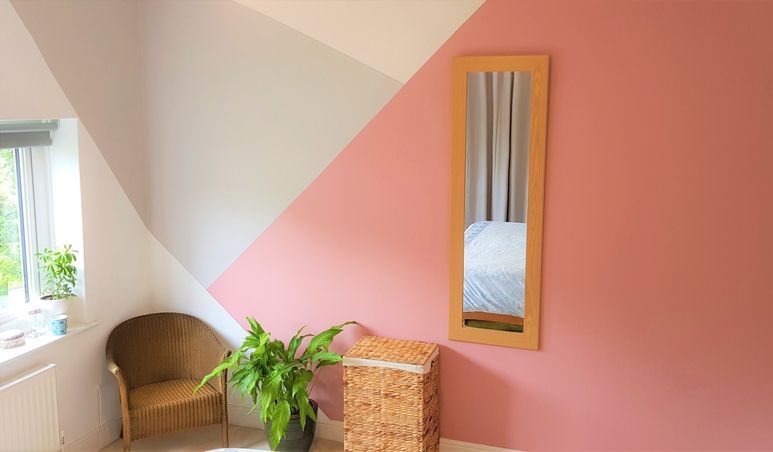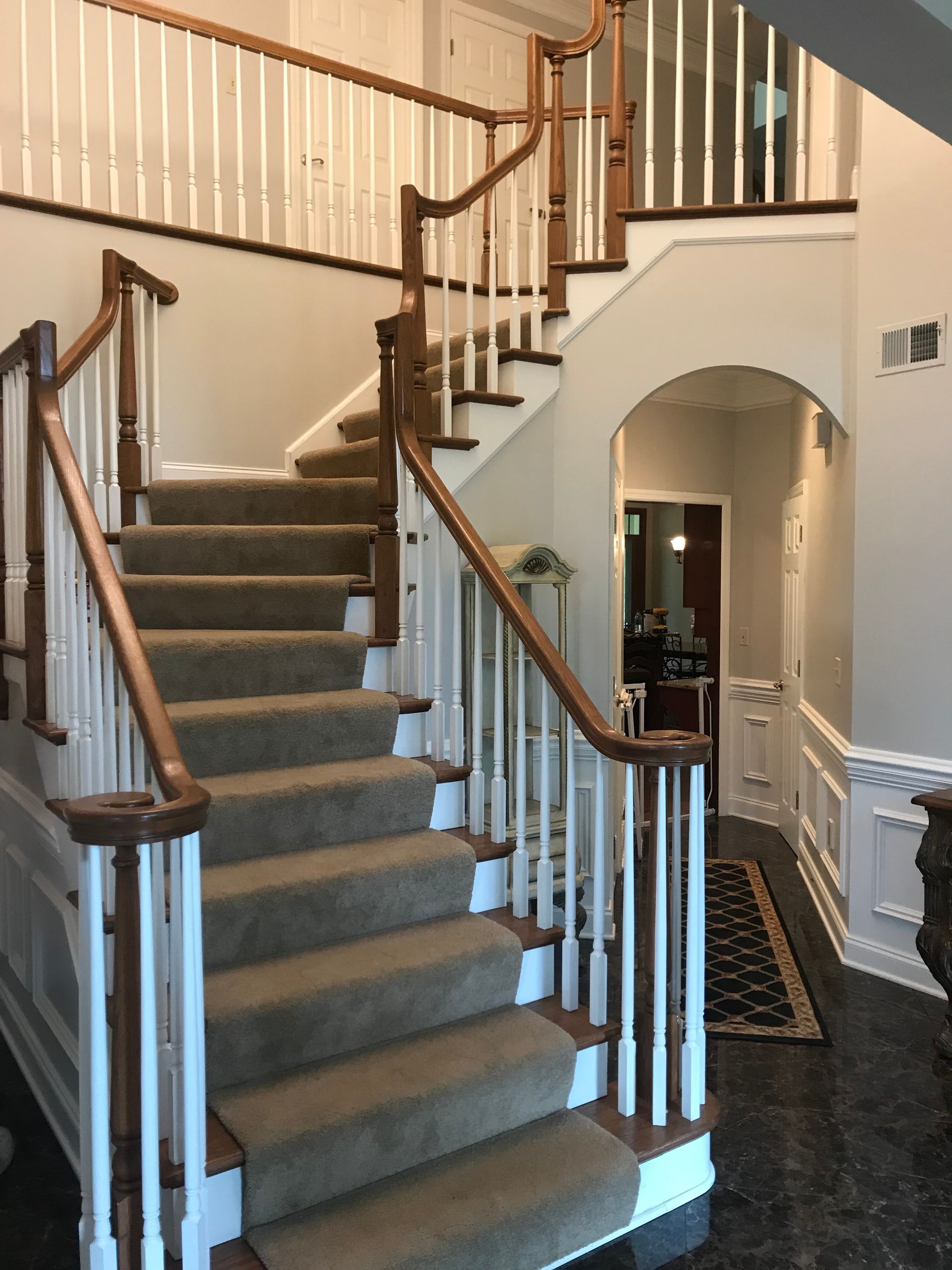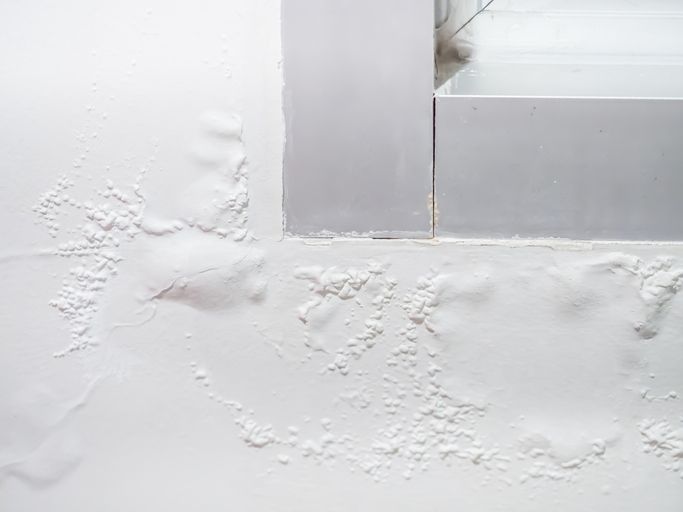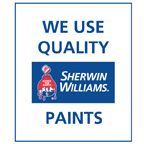May 23, 2024
The vibrant tapestry that is Pittsburgh's commercial real estate market is known for its diversity, from historic landmarks to modern enterprises. Yet, within this medley, the one constant that can either elevate or detract from the inherent value of any property is the perception of upkeep. This perception often starts with the visual, a simple yet powerful means to signal to potential buyers or leasers the care and investment that has been or will be made in the space. MasterBrush Painting, synonymous with precision and professionalism in Pittsburgh, stands ready to help you realize this potential. Here's how a new coat of paint can invigorate your commercial property and why MasterBrush is the partner of choice for this pivotal transformation. The Impact of Paint on Commercial Properties When making an impactful impression, a fresh paint job can differ between a nod of approval and a dismissive glance. In Pittsburgh's competitive real estate landscape, subtle signals often sway decisions, and a property that boasts of recent, high-quality painting sends a clear message of value and investment. Attracting Prospective Buyers or Tenants In the whirlwind tour encompassing property viewings, a freshly painted wall quietly proclaims that the premises are ready for occupancy or operation. It offers a canvas free of the previous occupant's narrative, allowing the prospect to envision their own. To resonate in a city that values hard work and a can-do spirit, one cannot underestimate the influence of a well-maintained space ready to serve the aspirations of its new stewards. Enhancing Property Value Perceived value is a substantial mover in the commercial sector, and paint is a direct actor in this script. Properties that shine with precise, professionally applied paint suggest that the potential buyer or tenant is acquiring a structure and a keenly tended investment. In this rhythm of acquisition, a nuanced understanding of color and finish and their role in valuation can boost returns significantly. Key Areas to Focus On When preparing for a property viewing, it’s not just about the paint but how and where it’s applied. Every brushstroke should echo the core values and vision you wish to convey. Exterior Facades and Signage The façade is the first glance, the silent yet significant handshake that introduces your property to the world. In Pittsburgh, a rich architectural tradition demands that this handshake be firm and adorned, signaling to passersby the strength and aesthetic appeal within. MasterBrush Painting's proficiency in reviving exteriors ensures this introduction is warming and winsome. Interior Common Areas and Offices Voluminous spaces where the community congregates, or commerce is conducted set the tone for the entire property. A beautifully painted common area fosters a positive attitude, creating a collective air of pride and belonging among prospective lessees. Meanwhile, when painted with a professional touch, offices the sanctums of productivity showcase a seriousness towards quality, a commitment to excellence that workers and clients will equally appreciate. Specialized Spaces In restaurants that beckon with the tang of local flavors, retail establishments that stage the interplay of product and purchase, and warehouses that whisper precision, painting plays a part in each identity. MasterBrush Painting understands the narrative inherent in space and tailors the palette to enhance the experience and the eventual transaction. Choosing the Right Colors and Finishes With every color and finish, there is an associated mood and message, an overtone or undertone that impacts decision making and desirability. Color Psychology in Commercial Spaces Bold, subdued, or neutral, every color choice is a positioning decision, reflecting brand or ambiance. What color conveys the essence of your space in harmony with its intent? MasterBrush Painting converges expertise with the client's story to select a hue that resonates with truth and promise. Durable and Appropriate Finishes In the chess game of commerce, durability is king. A finish that withstands traffic and time without compromising appeal is critical. Silks, mattes, or glosses should play their role unerringly. In navigating this, MasterBrush's counsel is a game-changer, ensuring the finish complements the function of the space. The MasterBrush Painting Advantage In the world of commercial painting, experience matters. It dictates not only the quality of the job but also the finesse to coordinate with your specific property nuances and schedules. Consultation and Customization The beauty is in the details, and the success of a painting project depends on a seamless integration of these details into a cohesive whole. MasterBrush Painting's reputation rests on its craftsmanship and consultative approach, creating spaces that reflect individuality within set parameters. Expertise in Commercial Painting Corners should not be cut but painted united to create an uninterrupted canvas. Entrusting the project to seasoned professionals ensures this level of detail that amateur hands cannot replicate. MasterBrush's portfolio brims with successful projects, each a testament to their understanding and execution of commercial painting needs. Preparing for a Commercial Painting Project Engaging in a painting project is not merely transactional; it is the start of a relationship that extends beyond the completion date. Proper planning and post-painting care are as intrinsic to the end product's longevity as the paint itself. Scheduling and Project Management Time is money, especially in the ceaseless metabolism of business. A commercial project calls for strategic scheduling, ensuring minimal disruption to daily operations. MasterBrush's project management ensures the calendar is adhered to with military precision, keeping inconvenience at bay. Maintenance Tips Post-Painting The brush may have drawn its last stroke, but the care guides the life of the transformation. MasterBrush equips you with the knowledge to maintain the sheen, offering a further horizon to the life span of the paint and, consequently, the lease or resale value proposition. Work with MasterBrush Painting Today! In the grand concerto of commercial real estate, every instrument and detail must harmonize to produce a symphony that resonates with value and vibrancy . MasterBrush Painting lends its virtuosic touch to the canvas of your property, creating a masterpiece that encapsulates the spirit and potential of Pittsburgh's commercial offerings. Property resales and leases are narrative events for the seller and the acquirer. Be the author of an invitation, a promise of what could be, by ensuring your space is painted not just for aesthetics but as a declaration of intent. Contact MasterBrush Painting—a partner poised to transform your property into a great commercial rental or purchase. Explore our completed projects and connect with our team today for vivid transformations that echo your property's potential.
